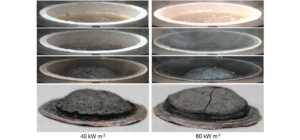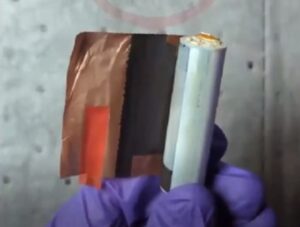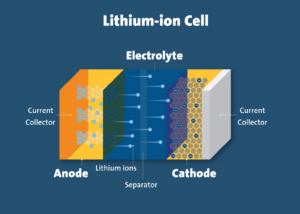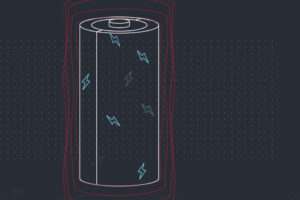Lithium-ion Manufacturing and Risk Reduction
The lithium-ion cell and battery manufacturing process requires stringent quality control. Improper design and manufacturing practices can lead to catastrophic failures in lithium-ion cells and batteries. These failures include fire, smoke, and thermal runaway. Failures can remain latent until being triggered during product use.
Due to this risk, manufacturers must take measures to maintain high quality control, apply relevant design controls, and avoid introducing defects during the manufacturing process. Applying rigorous quality control measures and checks during and after manufacturing reduces the risk of catastrophic failure throughout the supply chain, including product use.
Examples of precautions against risks in lithium-ion cell and battery manufacturing:
- Maintain clean facilities and equipment: Maintaining clean facilities and equipment helps prevent contamination of lithium-ion cells and in turn prevents swelling and short-circuiting. Part of the manufacturing process takes place in a room with special low-humidity and a significantly high level of cleanliness.
- Automation: Automation removes some of the human error and inconsistencies from the manufacturing process and helps standardize production. It also helps protect people from contact with hazardous materials exposed during battery manufacturing.
- Production line sample testing: Throughout the manufacturing process, electrode and cell component samples are pulled out of the production line, examined, and subjected to testing. Testing ranges from thickness and integrity measurements to performance and abuse tests; manufacturers also look for signs of electrolyte leakage. After formation and sorting (see below), tear down analysis (also below) is performed as part of this sampling procedure.
- X-ray materials: After placing rolled electrode layers in the unsealed cell, manufacturers X-ray the cell materials to ensure that each component is assembled correctly, no defects or impurities are present and that the layers are rolled or placed with to the proper tension or stacking pressure. (If the assembling is too loose, the layers can become distorted while in use. If too tight, tension can cause damage.)
- Formation testing: This test is done after the cell is sealed. “Formation” is the process of testing a cell’s capacity and performance, it is the first charging and discharging of the battery cell. During formation, lithium ions intercalate within layers in the graphite on the anode side, and also form the solid electrolyte interface (SEI) on the surface of the anode due to the reaction of the lithium ions with the electrolyte, which creates a protective layer on the anode electrode.
- Impedance performance cycle analysis: The impedance of the cell is highly dependent on the cell active chemical components of the cell, its rate capability and capacity. A measurement of impedance provides a characteristic value associated with that cell model and can be used as a verification for high-quality manufacturing.
- Sorting or aging: This step is done to sort out the weaker cells and is used for quality assurance. During the process, the battery is monitored by regularly measuring the open circuit voltage (OCV)periodically over a pre-determined timeframe. This process can vary between manufacturers and can range from two weeks up to six months. If the voltage drops over that time, or the capacity is not within the range of the cell specification, this could be a sign of a low-quality manufacturing or a defective cell. No significant change in the battery cell properties means the cell falls within the expected specification and can be delivered to the customer.
- Tear-down analysis: Cells that are rejected as part of the formation and sorting process are torn down and analyzed. They are extensively screened for visual, physical, and other defects to determine internal problems like defects and impurities. These problems are then acted upon to rectify the manufacturing process.









